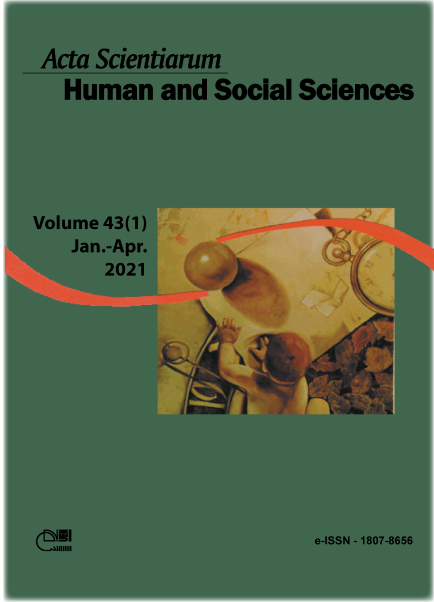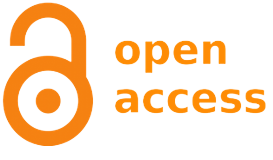An ‘intricate labyrinth of steps’. Borges´ short stories in the teaching of the philosophy of science
Abstract
Critical reflection on the scientific knowledge provided by the study of epistemology, methodology and philosophy of science is essential for the training of university students in scientific degrees. However, in teaching practice we find a recurrent difficulty in students to relate the epistemological foundations with the contents of other disciplines. In relation to the above, we have sought to incorporate innovative practices where literature and poetry are sources of inspiration for thought and discussion. This constitutes a non-traditional way of approaching teaching in scientific and professional degrees, both undergraduate and graduate. Fundamentally, we appeal to Jorge Luis Borges´s short stories to articulate the theoretical background developed in our courses with the previous knowledge that students have on chemistry, biology, geology and physics, among other disciplines. In this way, short stories such as ‘Averroes´ search’, ‘Death and the compass’, ‘The Other’ and ‘Pierre Menard, author of the Quixote’, among others, become tools to stimulate interdisciplinary connections, reflect on the contents and broaden the perspective of scientific knowledge. In this work we will describe four experiences of working with Borges´ short stories and we will present some reflections about this way of linking science, philosophy and literature, based on our teaching practices.
Downloads
DECLARATION OF ORIGINALITY AND COPYRIGHTS
I Declare that current article is original and has not been submitted for publication, in part or in whole, to any other national or international journal.
The copyrights belong exclusively to the authors. Published content is licensed under Creative Commons Attribution 4.0 (CC BY 4.0) guidelines, which allows sharing (copy and distribution of the material in any medium or format) and adaptation (remix, transform, and build upon the material) for any purpose, even commercially, under the terms of attribution.
Read this link for further information on how to use CC BY 4.0 properly.























